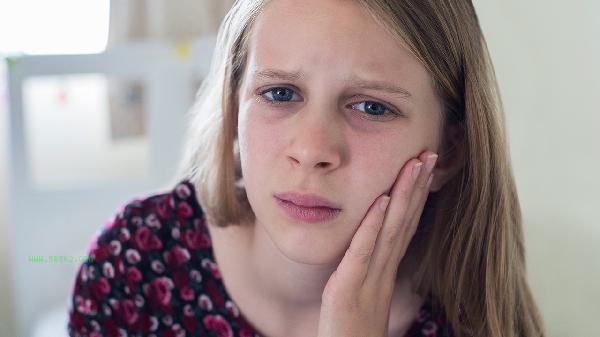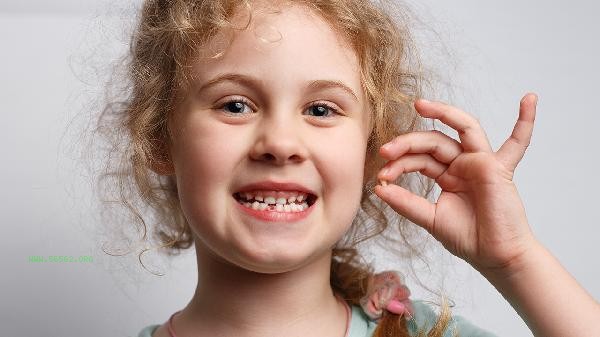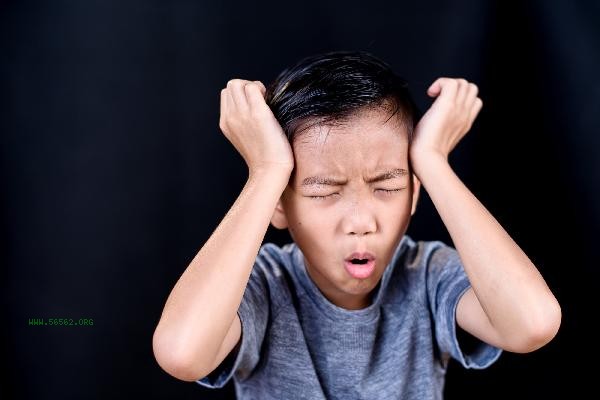Excessive consumption of bee pupae by children may result in allergic reactions or indigestion. Bee pupae are rich in protein and bioactive substances, but children's digestive systems are not fully developed and their intake needs to be carefully controlled.

Some children may experience allergic symptoms such as skin itching, redness, and swelling after consuming bee pupae, which may lead to laryngeal edema or difficulty breathing in severe cases. This is related to the possibility that heterologous proteins contained in bee pupae may stimulate the immune system. At the first attempt, a small amount of testing should be conducted to observe whether there is a rash or gastrointestinal discomfort. If the family has a history of insect allergies, it is even more important to avoid consumption.

Children with weak gastrointestinal function are prone to digestive problems such as bloating and diarrhea if consumed excessively. The shell of bee pupae contains chitin that is difficult to decompose, which may increase the burden on the intestines. It is recommended to cook the bee pupae thoroughly until they are soft and tender, with a maximum consumption of 3-5 per serving. When there is persistent abdominal pain or vomiting after consumption, the intake should be stopped immediately and water should be replenished.

Children's daily diet should be diversified, and bee pupae should not be frequently consumed as regular ingredients. Parents should properly store bee pupae to avoid spoilage, and thoroughly heat and destroy any potential parasites during cooking. If a child experiences severe allergic reactions such as pale complexion and rapid breathing, immediate medical attention should be sought. Usually, it is advisable to prioritize high-quality protein sources such as fish and shrimp that are easier to digest, and gradually cultivate a balanced diet habit.








Comments (0)
Leave a Comment
No comments yet
Be the first to share your thoughts!